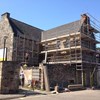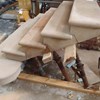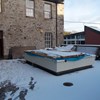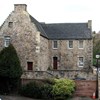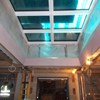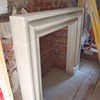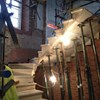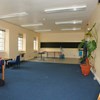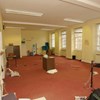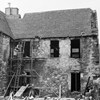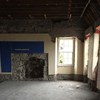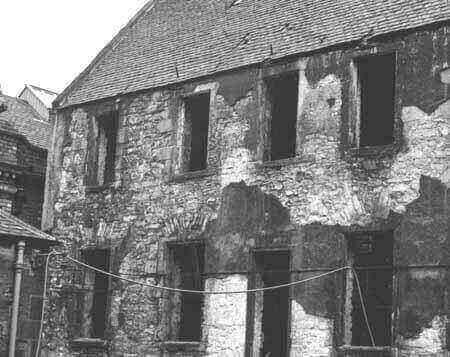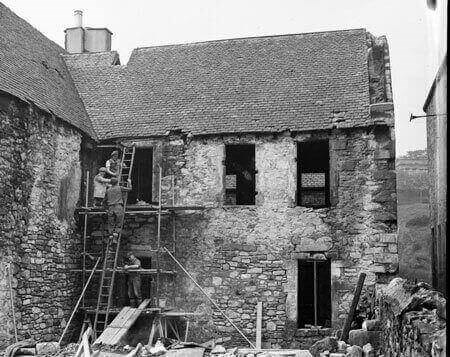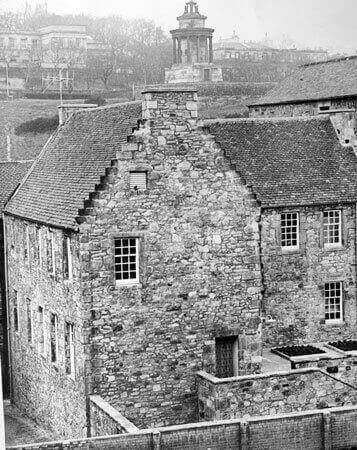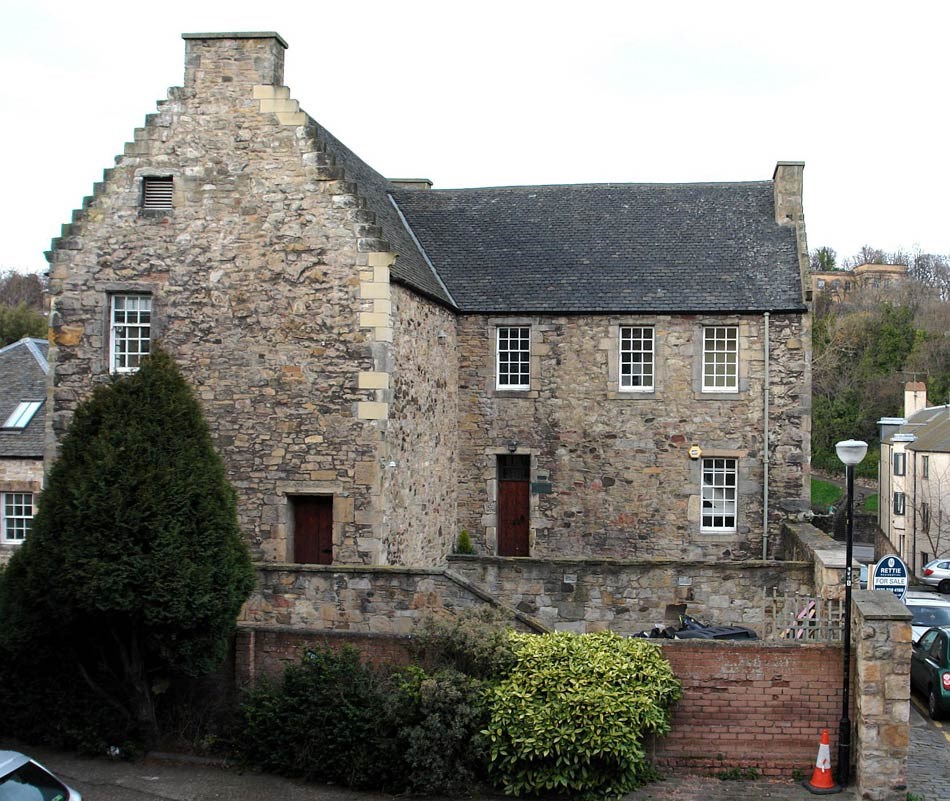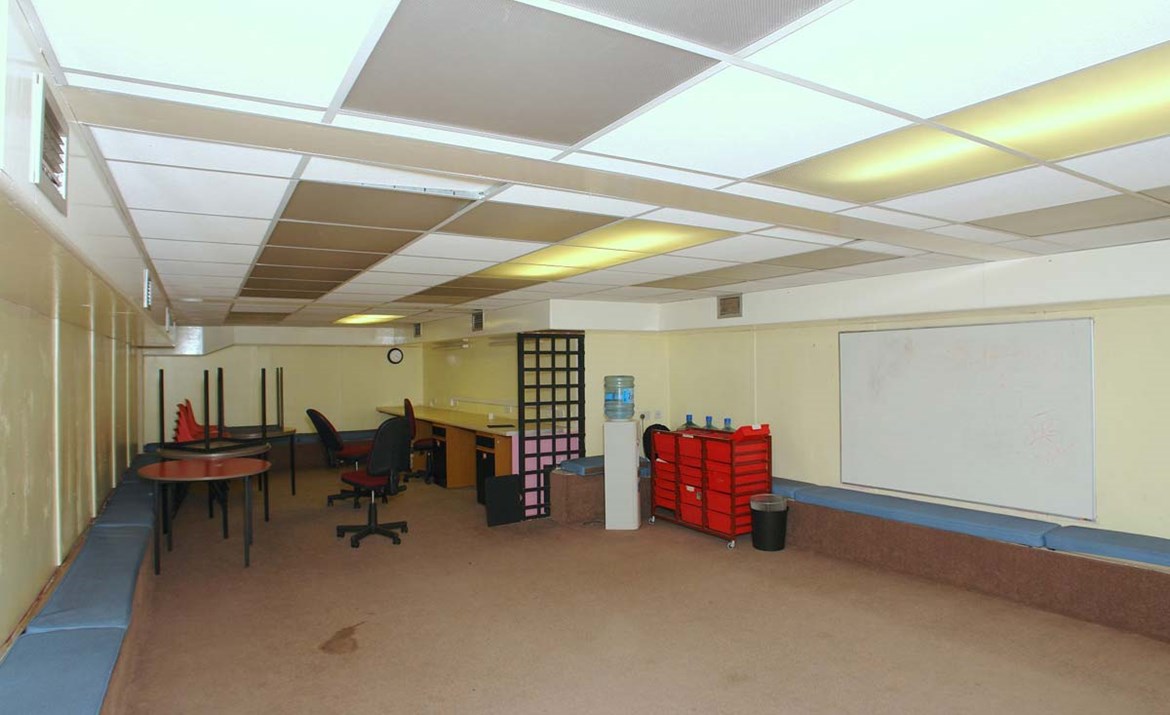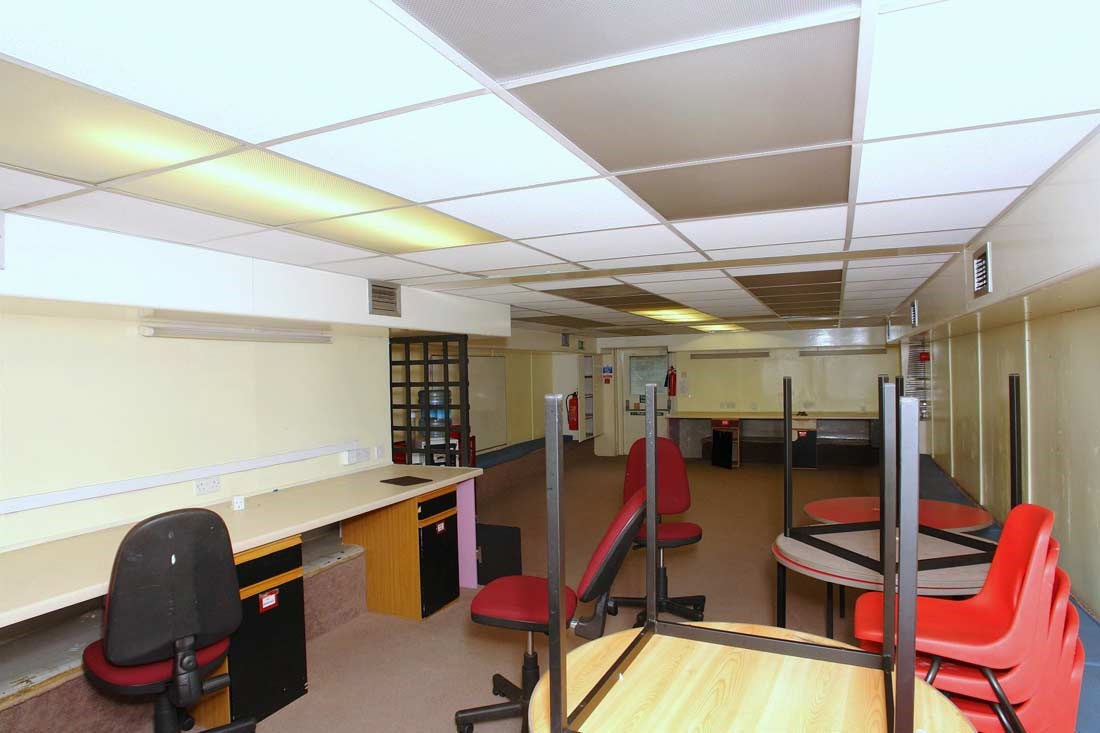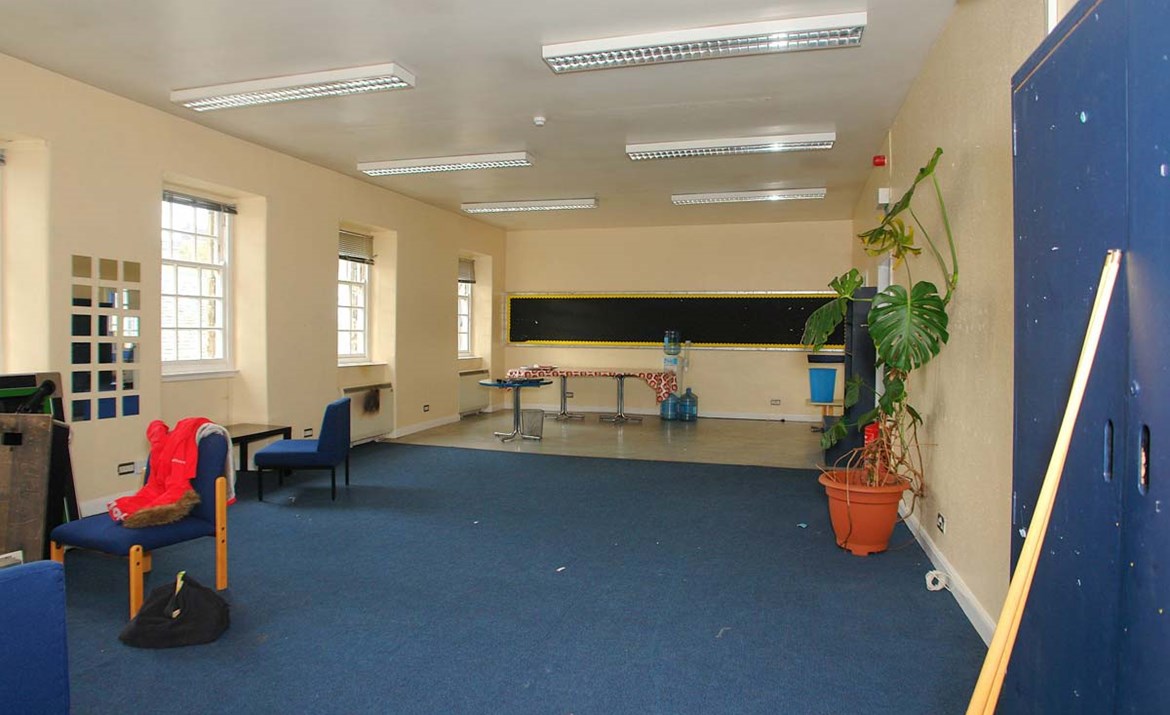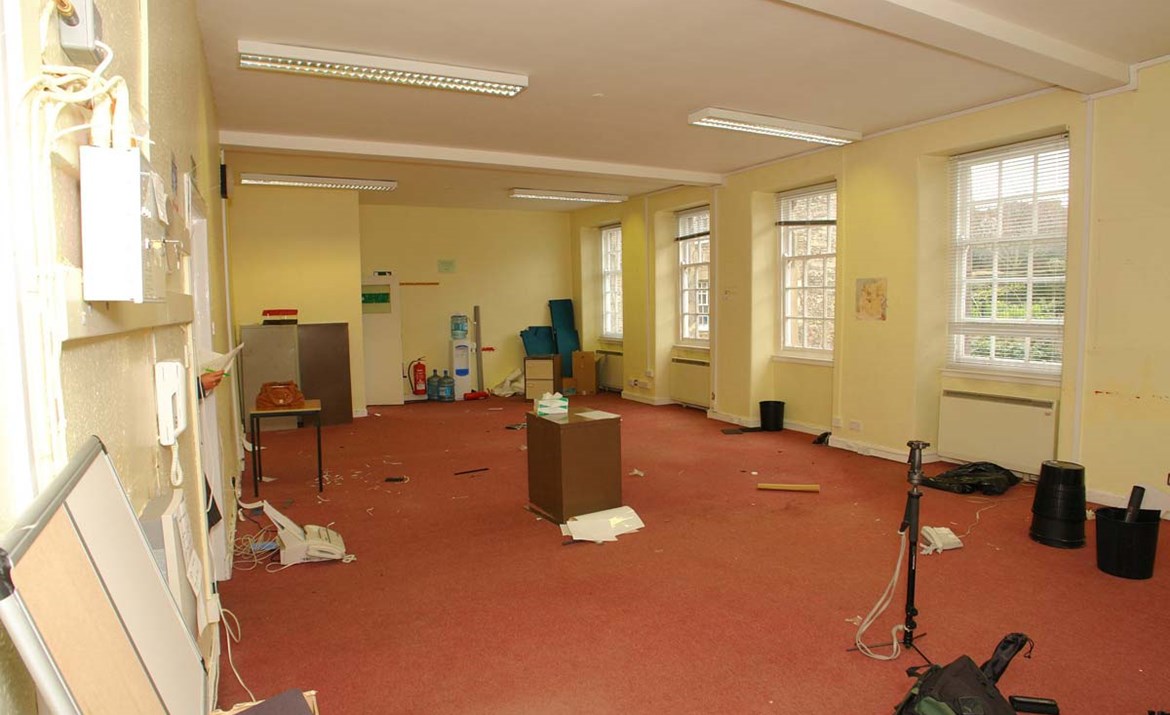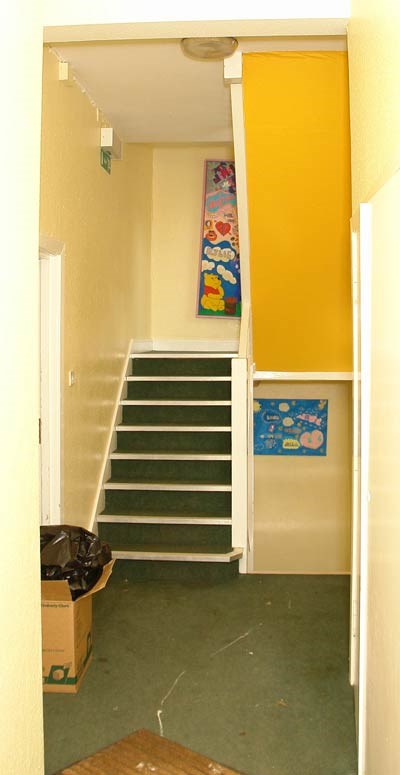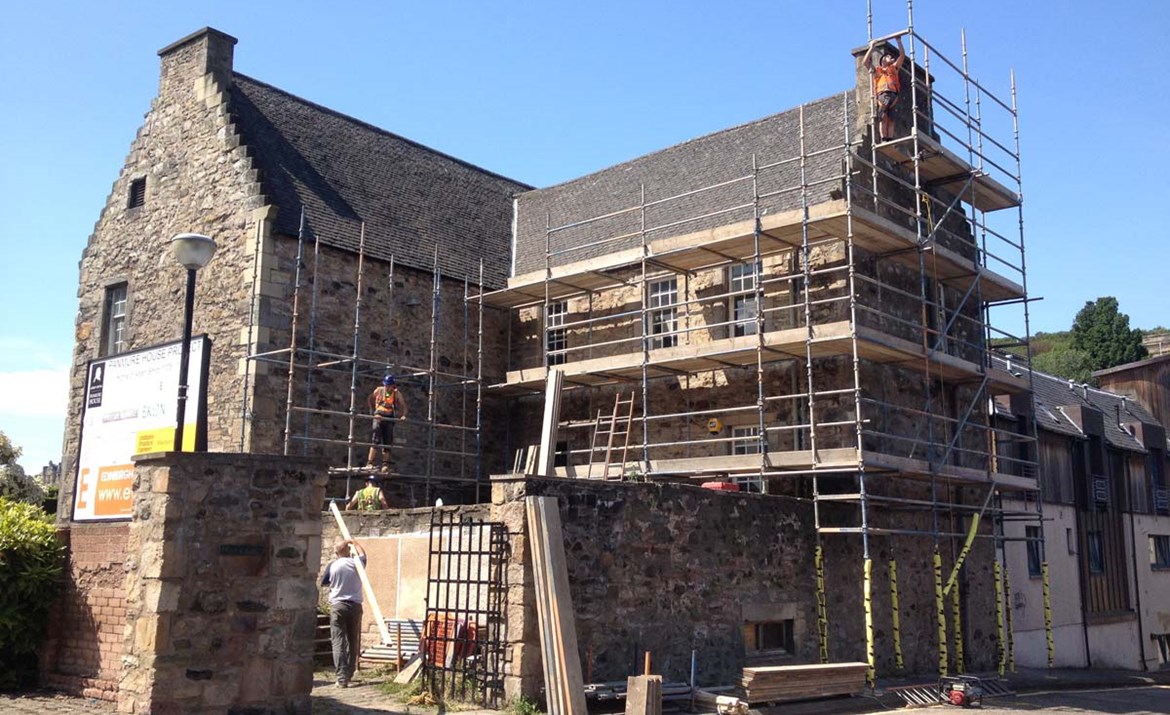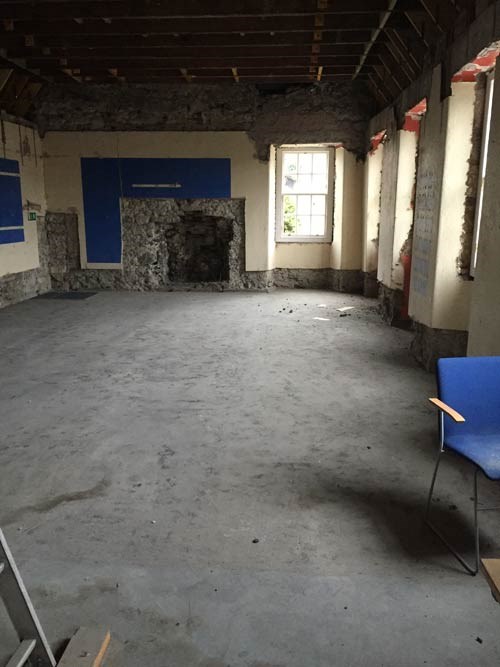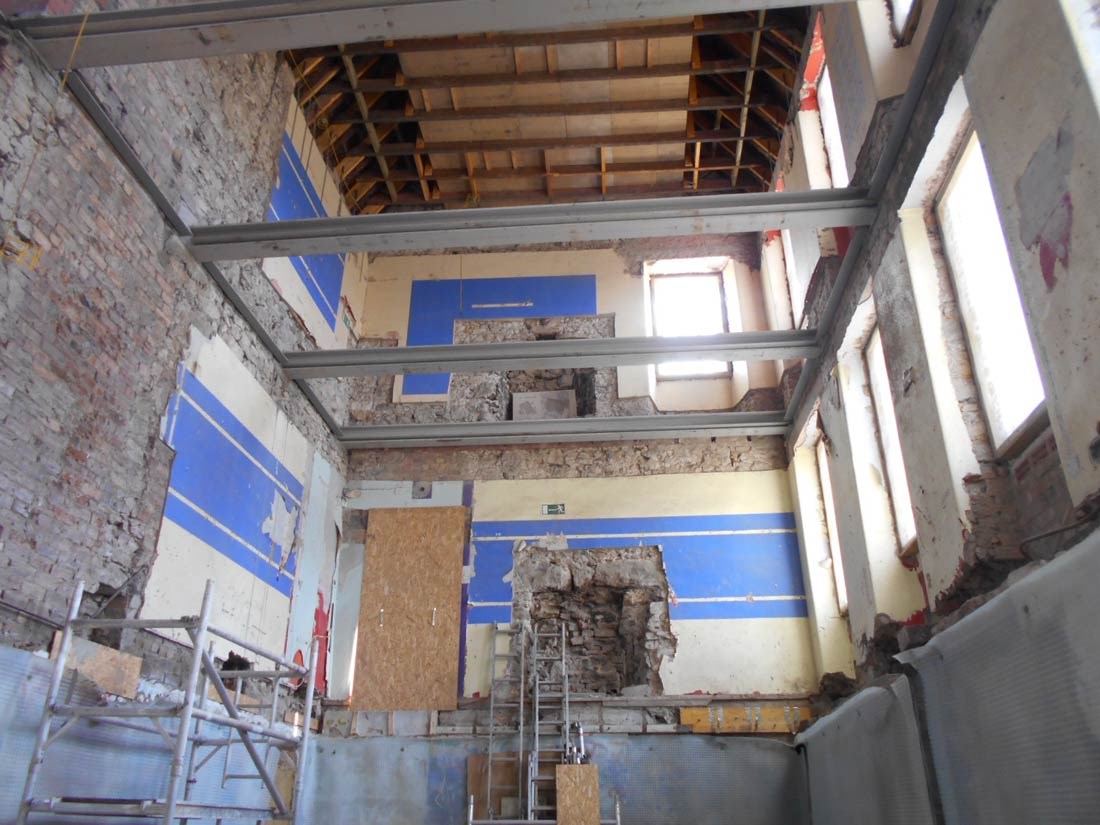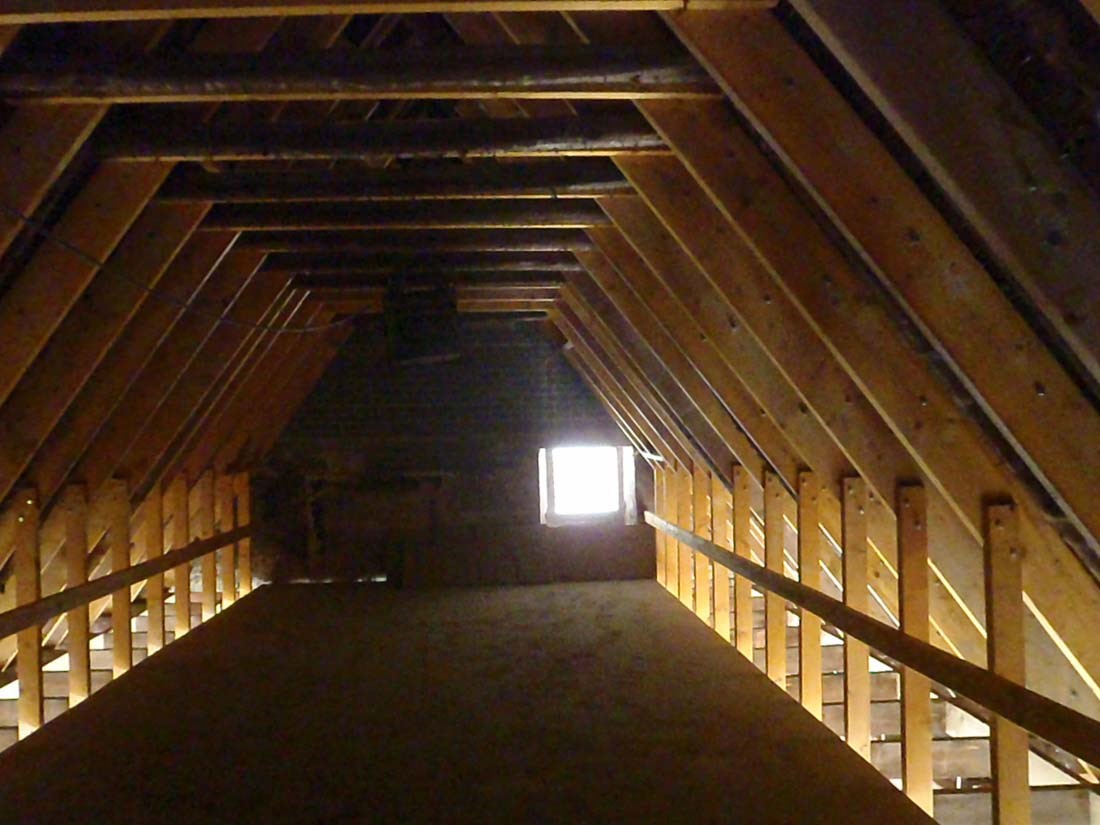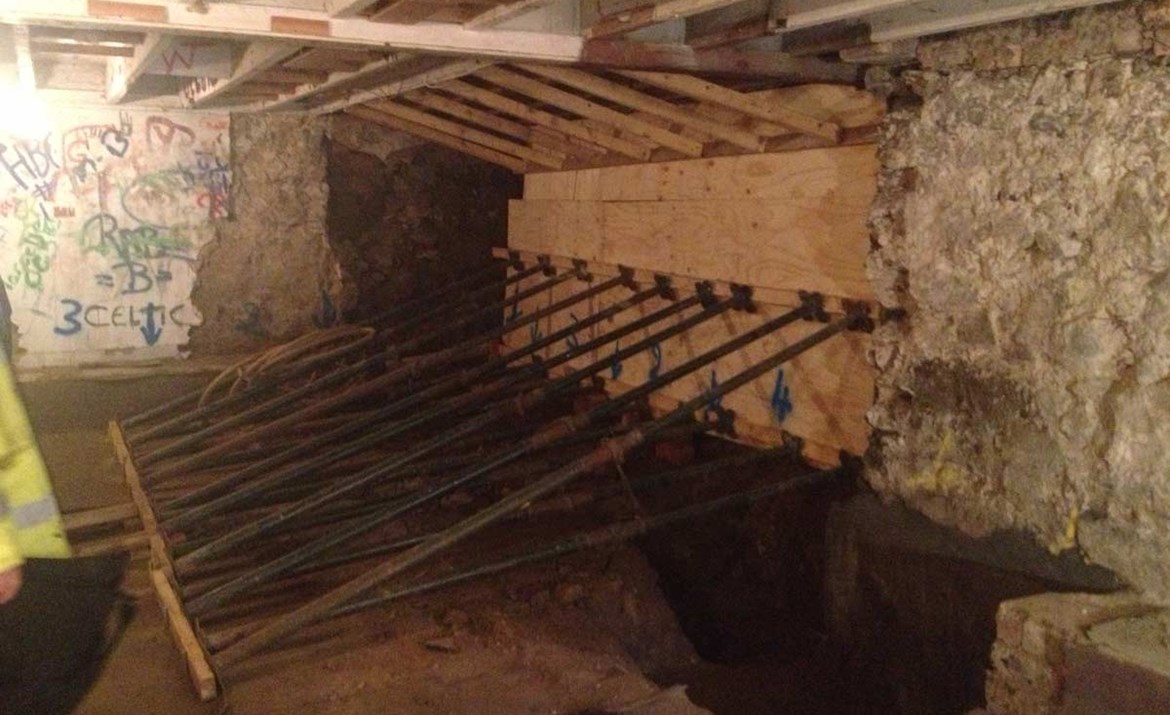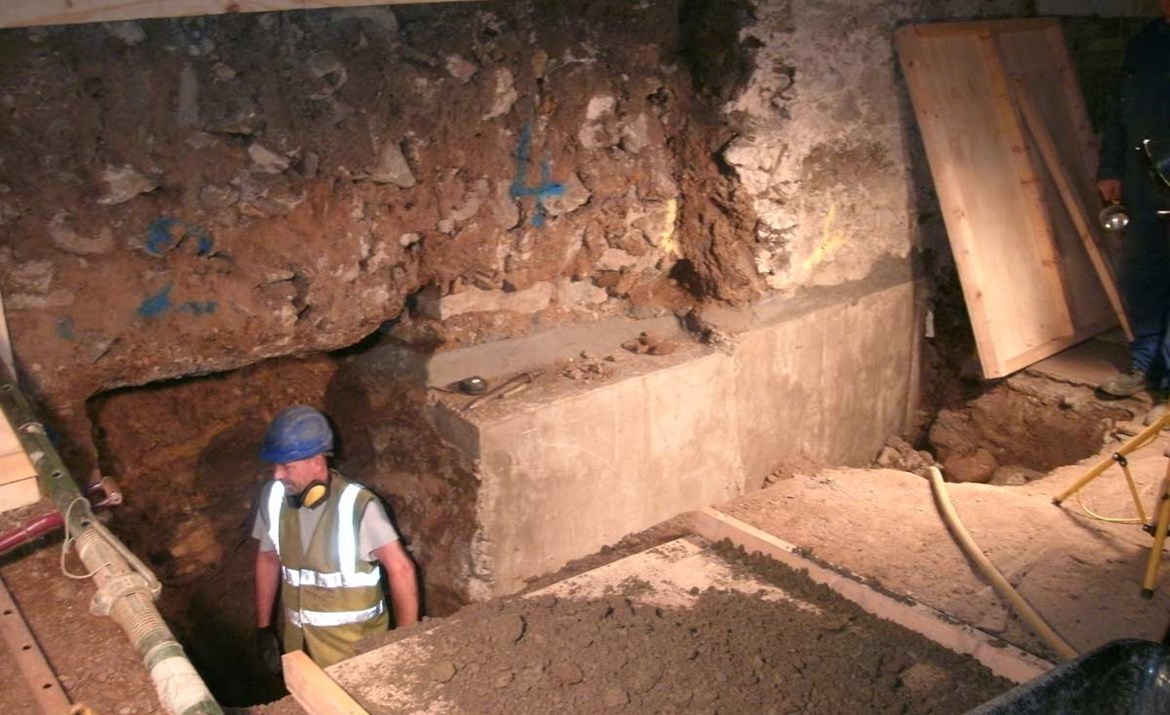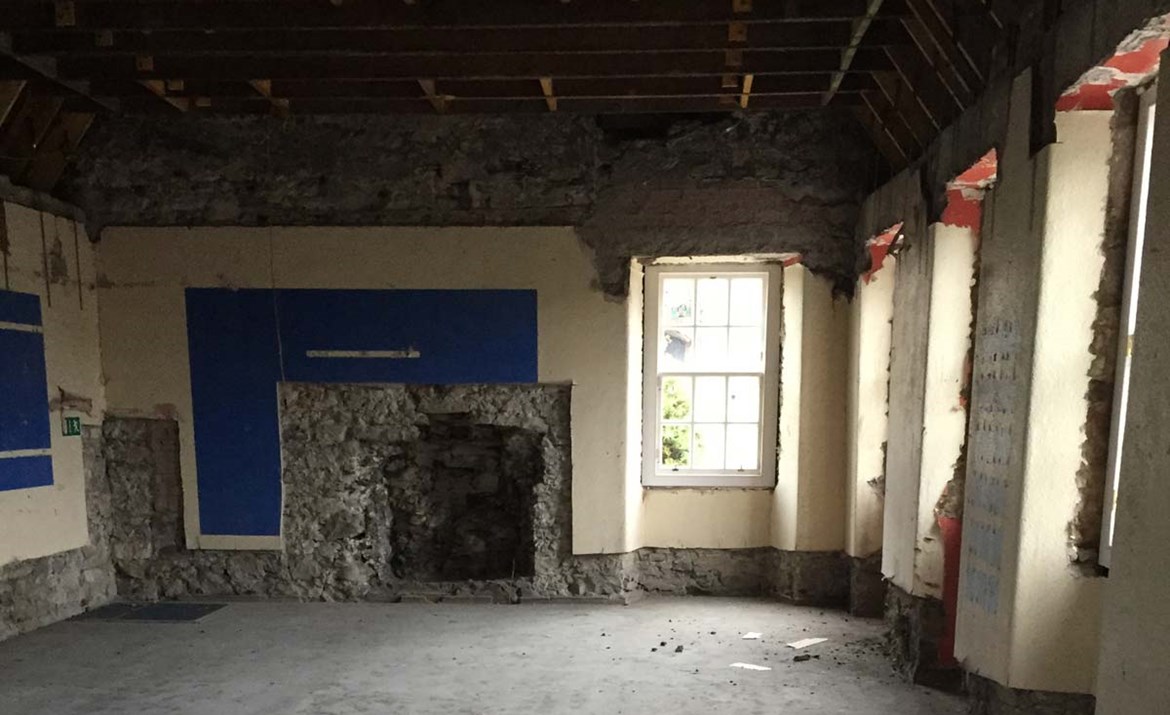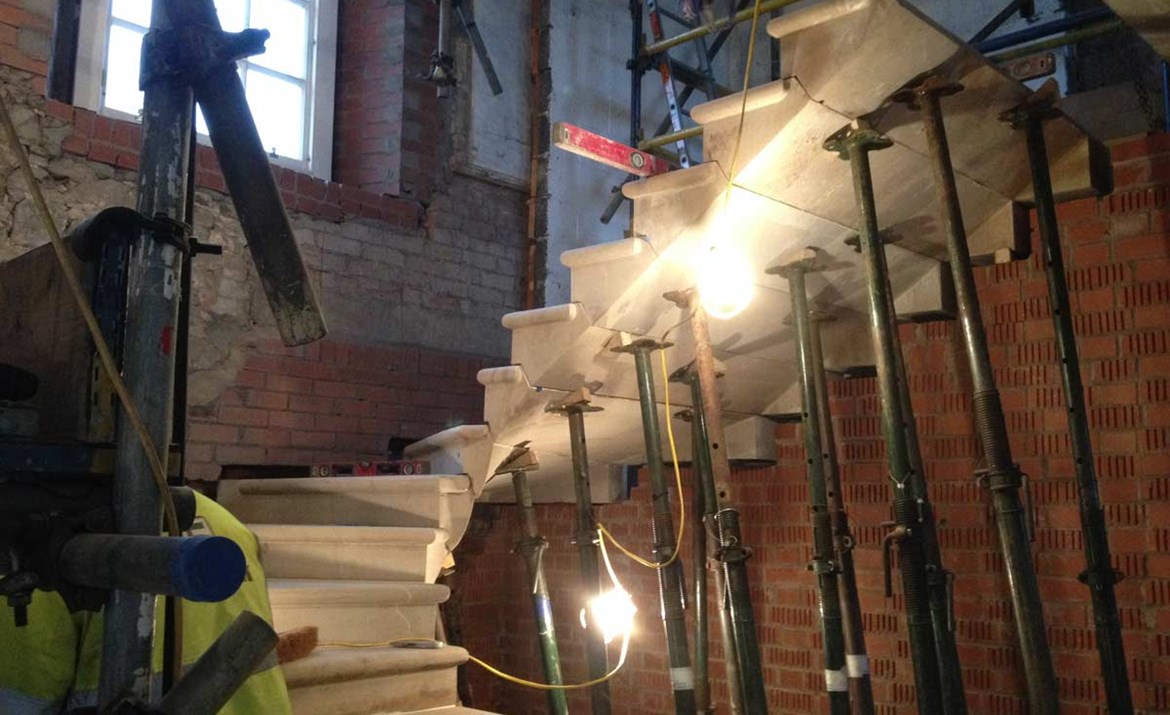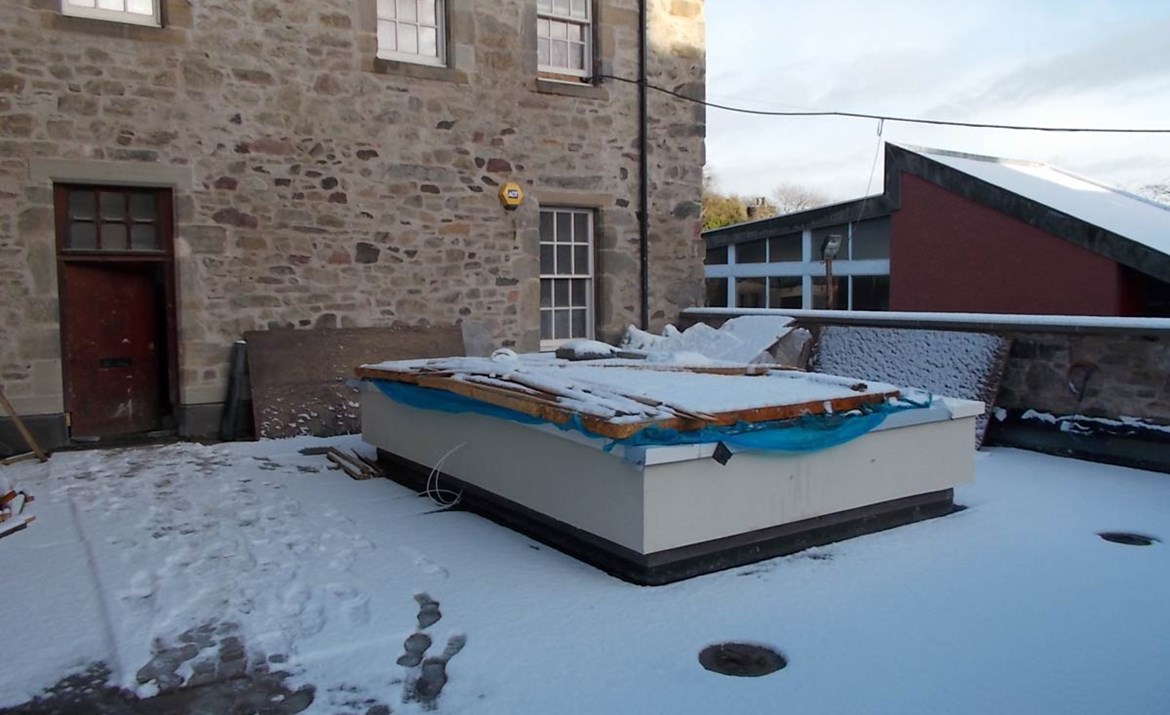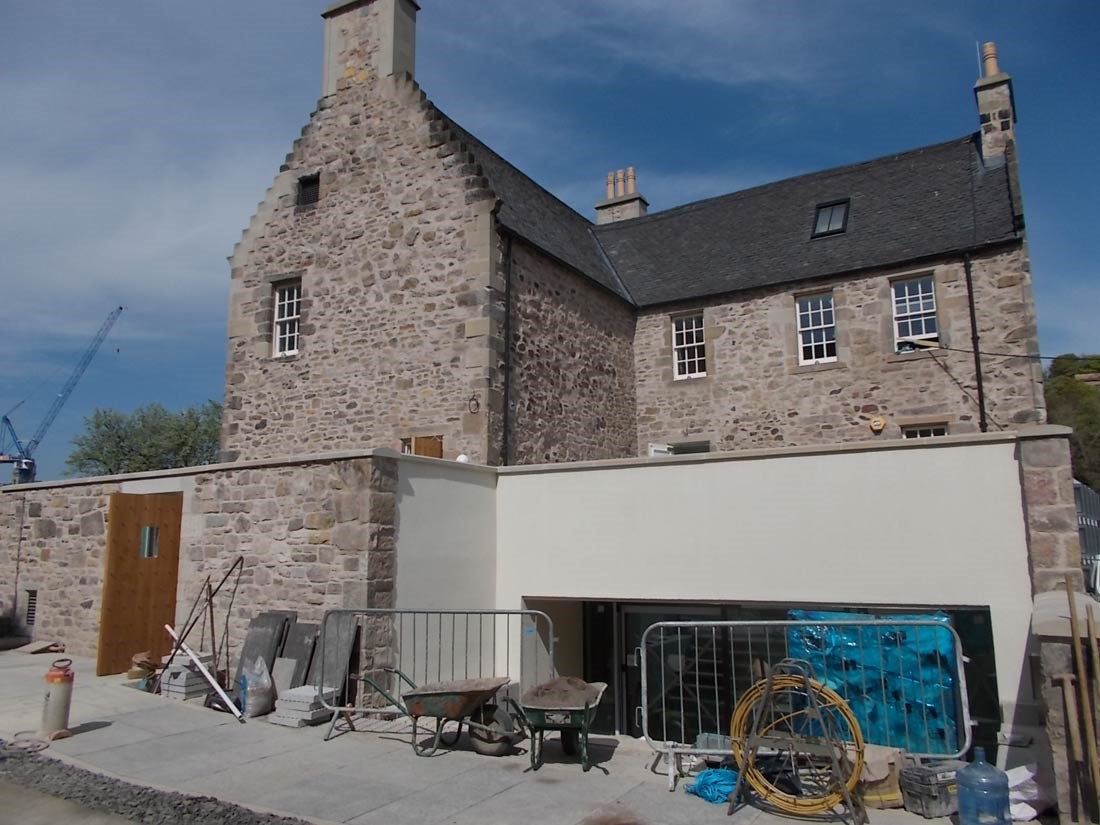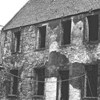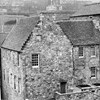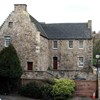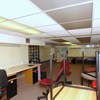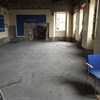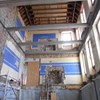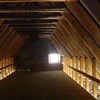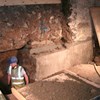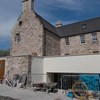Scroll through the Panmure House Timeline
Panmure House has had a colourful and diverse history over the past three centuries. Scroll right to left below to find out more:
Panmure House History
Panmure House has a distinguished and diverse history. The House lies in the heart of Edinburgh’s UNESCO World Heritage site and is located in the Canongate, a short distance away from the Scottish Parliament, Palace of Holyrood and Canongate Kirk. It was originally built in 1691 by Lieut. Col. George Murray and was one of several large mansions around the Canongate owned by members of the Scots gentry. In 1696, it was sold to James Maule, the 4th Earl of Panmure who used it as his Edinburgh townhouse when he visited from his main estates in Forfarshire.
Active in Scottish politics, Lord Panmure was on the losing side in the 1715 Jacobite Uprisings and his estates and title were forfeited as a result. However, in time, Panmure House was restored to Lord Panmure’s widow in 1723 and remained in the Maule (Panmure) family until the death of the 5th Earl in 1782. It then passed to a cousin of the Maules, the 8th Earl of Dalhousie who was the Lord High Commissioner to the General Assembly between 1777 and 1783.
In 1778, the Earl leased the house to renowned Scottish Enlightenment economist, Adam Smith, who lived there until his death in 1790. Smith lived in the House with his mother, Margaret Smith (née Douglas), and a cousin, Janet Douglas, for the last twelve years of his life. During this time, Smith and his contemporaries – figures such as Robert Adam, Edmund Burke, Adam Ferguson, and James Hutton – met regularly to discuss and develop the ideas of the Scottish Enlightenment. Smith had an extensive library at Panmure House and enjoyed entertaining friends at the House for Sunday Suppers. Smith was also a member of the ‘Oyster Club’ which was a weekly dinner held by the Scottish literati, supported by chief members, Hutton and Black. While living at Panmure House, Smith produced a further four editions of his magnum opus The Wealth of Nations, and a further two editions of his first major work The Theory of Moral Sentiments.
With the growth and development of Edinburgh’s New Town in the late eighteenth century, many properties in the Old Town, including Panmure House, were sold and converted for different uses. In 1838, the House was reduced in size and became the offices of a nearby metal foundry. The alterations to the House removed the North Wing, where Smith notably died, due to its derelict state. Little was subsequently recorded until the 1950s when Panmure House, by then derelict, was purchased by the owner of The Scotsman newspaper, R.H. Thomson. Between 1956-57, the House was restored and converted into the Canongate Boys’ Club, which was officially opened by HRH Princess Mary, the Princess Royal, in October 1957. It was visited by HRH the Duke of Edinburgh in June 1958. The House was made a Grade-A listed building in 1970. It then passed into the care of Edinburgh City Council.
By 2007, the building had experienced acute neglect, falling into decay and disrepair, its historic importance overlooked. In 2008, to preserve the connection with Adam Smith, the House was bought by Edinburgh Business School, the graduate school of Business of Heriot-Watt University, thanks to the vision of EBS founder Keith Lumsden.
Panmure House was rescued and revived with the aim of creating a centre of excellence for the study of contemporary economics, a place of reflection on the legacy of Adam Smith, and a venue for social and economic debate. The restoration and renovation cost £5.6m and spanned a decade before the official opening in November 2018 by the Rt. Hon. Gordon Brown, former Prime Minister of the United Kingdom (2007- 2010).
The restoration project was endorsed by prominent academics, politicians and businesspeople, and numerous economics Nobel Laureates from across the globe. The project protected the building’s history and character, recreating it as a hub drawing the brightest economic minds from around the world to Edinburgh. The 21st century Panmure House will bring the world to Scotland, just as Adam Smith took Scotland to the world.
Progress: Before & After
The most recent renovation and restoration of Panmure House took place over a 10-year period. In 2008, the House had fallen into a state of disrepair and required full-scale refurbishment, including the raising of floors and repairs to roofs and ceilings, as well as the excavation of the basement to connect the House to all major modern services.
Restoring a Rightful Place in History: Renovation & Restoration
The House was purchased by Edinburgh Business School in 2008, and work on the exterior of the House commenced. By 2014 the exterior walls, roof and windows had been renovated. For a period following this the project slowed down, but was revived following the appointment of Heriot-Watt’s current Vice-Chancellor, Professor Richard Williams, in 2015, and the Executive Dean of Edinburgh Business School, Professor Heather McGregor, in 2016. Contractors were appointed in 2016, and much of the restoration was carried out by Maxi Construction, led by Heriot-Watt University alumnus, civil engineer Brian Watters. In addition, the work was supported by the services of several apprentices including three electricians, one heating engineer and one plasterer.
Restoration work was carried out on the exterior and interior of the House. The exterior work included rebuilding the tall chimney stacks, re-slating the roofs, repairing the stone walls and renewing the windows. The renovations also included digging out the original basement to create a contemporary extension to the building which now houses our modern Interpretation Suite where visitors can learn more about the House, Smith, and the Scottish Enlightenment before continuing into the rest of the house. Archaeological investigations carried out by local archaeologists, Addyman Archaeology, below the building uncovered a well and several medieval kilns.
Work inside the house concentrated on reconstructing interiors typical of the late 1700s, using materials and techniques that were likely used in Smith’s time. The interiors are striking and feature North American tulipwood timber panelling. A new stone staircase was added and is made out from Clasach stone and original stone hewn from 17th-century Lothian quarries which would have been hauled by horse and cart to the capital. The stone used throughout the House is bright and golden, encased in lime mortar and the sand was brought in from pits near Leslie in Fife. The interior reflects a sophisticated blend between modern and period which has created a unique space consisting of a modern building with steelwork, concrete, digital screens and cabling all exquisitely concealed behind the paneling, architraves and skirtings. The renovation also added new stone fireplaces, oak floors and lime plasterwork. The original roof timbers have been preserved in the attic and carry the original joiners' marks on them, numbering the trusses in Roman numerals.
The earliest photo of Panmure House dates back a century to 1921. Other than clues from maps, we cannot be sure of all of the material changes that have been made to the fabric of Panmure House over the past 300 years. We know that Panmure House has undergone two major periods of restoration in the last 100 years. The first took place in the 1950s and the second, nearly 60 years later.
Prior to the 1950s restoration, the courtyard, or the current terrace, was roofed over and there was a solid staircase to serve the upper floors which was subsequently removed when the courtyard was reopened, and the roof removed. The photographic evidence from the 1920s shows that the stonework was once harled and there was a door in the West elevation, although, the stair up to it has gone by this point. In the 1950s, the harling was removed, the staircase door opening on the first floor was bricked up to create a window, the East chimney was demolished and the two doorways in the corner of the second floor were closed up. The ceiling level was lowered, and the main wing’s floor structure was removed and replaced along with the basement walls were rebuilt using brick. The original main entrance to Panmure was turned into a window and a new entrance was routed to the courtyard.



















